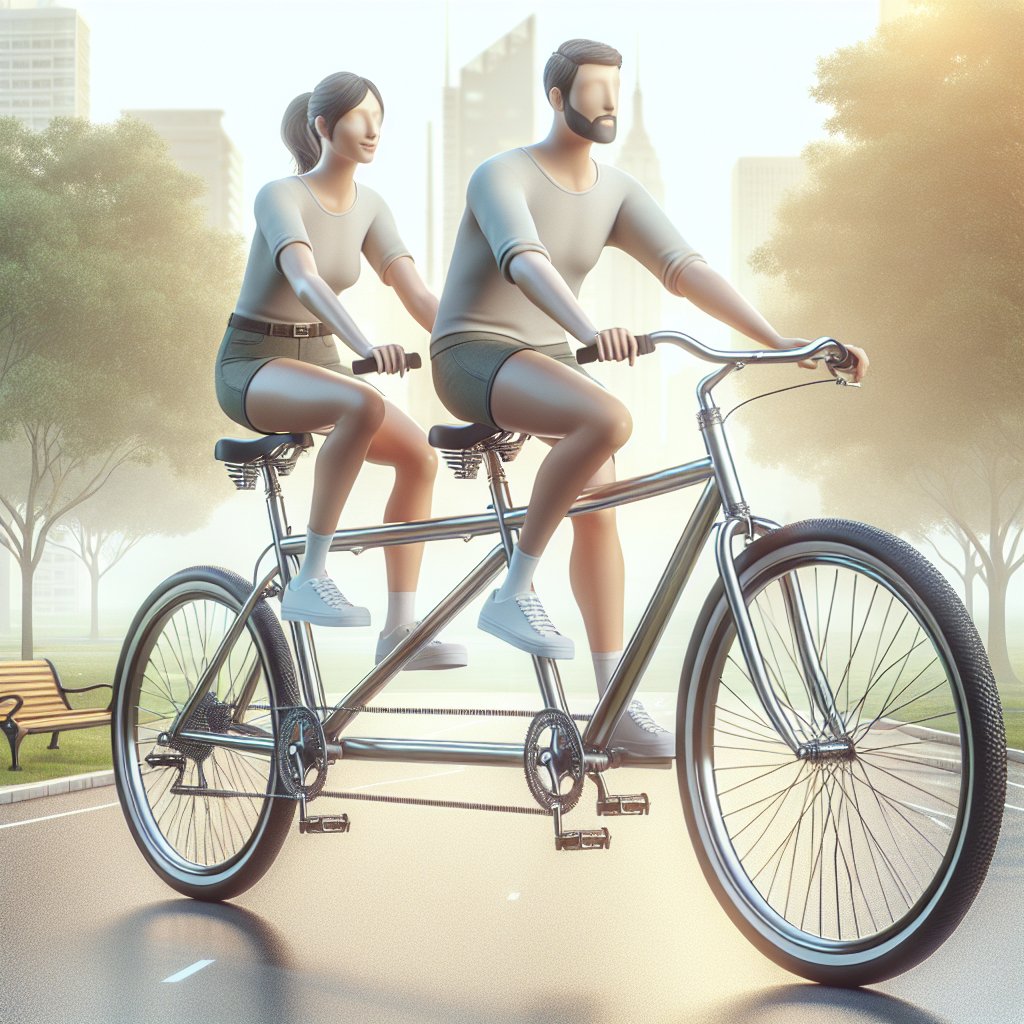The evolution of urban cycling culture reveals a fascinating journey of freedom, innovation, and resilience. From the cobblestone streets of 19th-century cities to today’s high-tech bike lanes, bicycles have transformed the way people experience their environment. As the demand for cleaner, healthier, and more inclusive modes of transport grows, cycling continues to redefine notions of mobility and sustainability in urban life.
Early Roots of Urban Cycling Culture
The story of urban cycling begins in the late 1800s, when the invention of the safety bicycle revolutionized personal transport. This breakthrough design, featuring two equal-sized wheels and a chain-driven rear hub, replaced the perilous high-wheeler and sparked a global cycling craze.
Industrial Revolution and the Rise of Bicycles
- Mass production techniques, influenced by the innovation of the era, made bicycles more affordable.
- Urban populations embraced bikes as a means of navigating crowded streets faster than walking or horse-drawn carriages.
- Cycling clubs and magazines emerged, promoting tours and races that united enthusiasts across social classes.
Pioneering Cyclists and Social Change
Early cyclists challenged prevailing norms. Women donned bloomers and rode alongside men, asserting new freedoms and sparking debates about gender roles. Bicycles also offered working-class citizens a taste of leisure and self-determination, fostering a sense of community that extended beyond neighborhoods.
Modern Transformation and Infrastructure Development
As cities grew denser in the 20th century, the bicycle’s status shifted. Automobiles and buses dominated urban planning, relegating bikes to the sidelines. Yet the oil crises of the 1970s and rising environmental awareness resurrected interest in pedal power.
Bike Lanes and Public Policies
- Progressive cities introduced protected bike lanes, improving safety and encouraging ridership.
- Policies such as traffic-calming measures and car-free zones demonstrated how cycling could reshape urban design.
- Financial incentives, like tax credits for bike commuters, bolstered the role of two-wheel transport in daily routines.
Technological Innovations and Bike Sharing
Advances in technology have redefined the cycling experience. Lightweight materials such as carbon fiber and aluminum alloys made frames more durable and agile. Electric-assist systems powered by efficient batteries democratised access, enabling longer commutes and hill-ready adventures.
- Docked and dockless bike-sharing programs exploded worldwide, offering on-demand trips via smartphone apps.
- GPS tracking and real-time data collection allowed city planners to optimize route networks, enhancing connectivity.
- Smart locks and integrated payment systems streamlined user experience and reduced maintenance costs.
Social Impact and Community Initiatives
Cycling’s renaissance has extended beyond transport policy into social movements. Activists harness the bicycle’s symbolic power to advocate for equity, health, and environmental justice.
Cycling Advocacy and Equity
Organizations worldwide lobby for safer streets, equitable infrastructure distribution, and programs that reduce barriers for marginalized groups. Efforts include:
- Free or subsidized bike-sharing memberships for low-income residents.
- Community-led repair workshops offering tools and training at no cost.
- Inclusive events celebrating riders of all backgrounds, fostering diversity and belonging.
These initiatives underscore the role of cycling in bridging socioeconomic divides and promoting diversity within the urban fabric.
Cultural Events, Festivals, and Art
Cities now host bike-themed festivals, critical mass rides, and art installations that spotlight two-wheelers as cultural icons. Murals featuring cycling legends adorn walls, while night rides illuminate streets with LED-equipped bikes. These celebrations cultivate a shared identity among cyclists, turning transit corridors into stages for creative expression.
Economic and Environmental Benefits
Beyond social dimensions, cycling offers tangible advantages to cities grappling with congestion and pollution. Research indicates that each kilometer cycled instead of driven reduces greenhouse gas emissions by approximately 150 grams of CO₂. Moreover, healthier populations generate lower healthcare costs, as regular riding combats chronic conditions like obesity and heart disease.
- Local businesses along bike routes often see increased foot traffic, boosting economic vitality.
- Reduced infrastructure expenses arise from lighter wear on roads compared to heavier motor vehicles.
- Public budgets benefit when bike projects require smaller investment and yield significant returns in public health.
Challenges and Future Perspectives
Despite impressive gains, urban cycling culture faces enduring obstacles. Traffic conflicts, theft, and seasonal weather fluctuations can deter potential riders. To sustain momentum, stakeholders must adopt a holistic approach combining design, education, and technological adaptation.
Addressing Safety and Security
Innovations such as collision-detection lights, anti-theft GPS trackers, and community policing partnerships enhance rider confidence. Infrastructure solutions—like physically separated lanes and bicycle boulevards—further minimize risk and promote resilience.
Integration with Public Transport
Seamless intermodal journeys depend on facilities like secure parking at transit hubs and foldable e-bikes that fit on trains. Forward-thinking transport authorities are piloting programs to integrate cycling into broader mobility networks, ensuring that last-mile connections are both convenient and affordable.
Vision for the Next Decade
Looking ahead, the interplay of data analytics, autonomous vehicle integration, and urban micro-mobility models will elevate cycling’s role in future cities. As technology evolves, cyclists will benefit from dynamic route guidance, adaptive traffic signals, and vehicle-to-bike communication systems—all reinforcing the bicycle’s status as a cornerstone of sustainable urban living.




